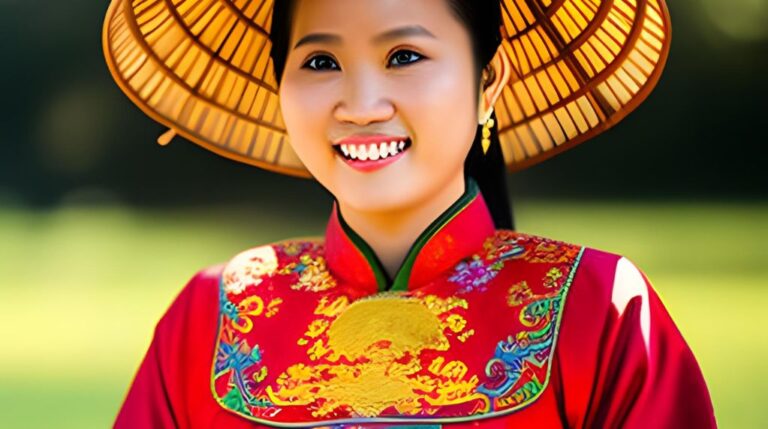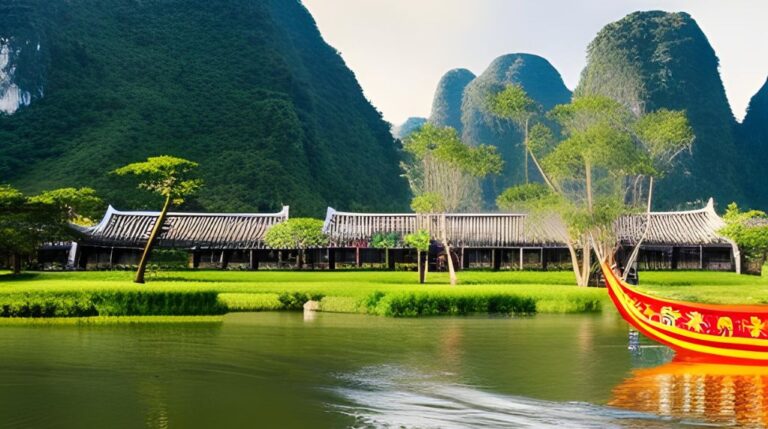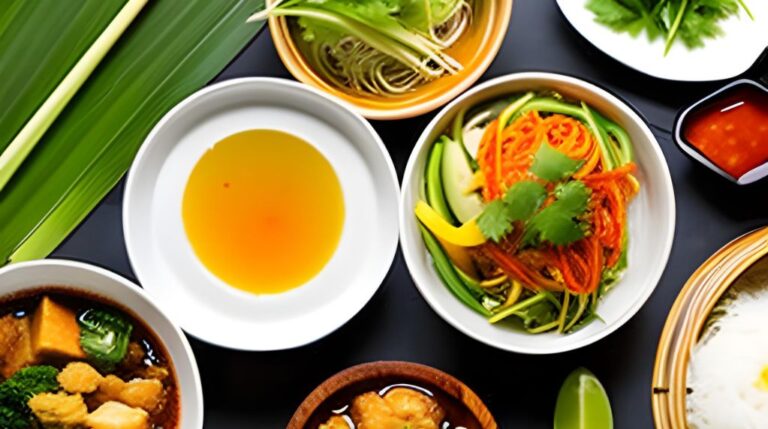Vietnam, a Southeast Asian country known for its bustling cities, rich history, diverse culture, and vibrant culinary scene, is a destination that captivates all who visit. From the significant topography of its landscape to its place on the world stage, this land is a fascinating study of resilience and beauty.
Geography of Vietnam
Vietnam’s geography is remarkably diverse, with each of the country’s provinces offering a different natural beauty. This stretch of land, known for its S-shaped topography, boasts a coastline that extends over 3,000 kilometers, punctuated by stunning landmarks like Ha Long Bay, a UNESCO world heritage site famed for its emerald waters and towering limestone islands. Inland, you’ll find major rivers such as the Red River in the north and the Mekong River in the south, each contributing significantly to the country’s agricultural sector.
Vietnam is also home to various climate zones, owing to its extensive latitudinal range. The north, including the capital city, Hanoi, experiences a humid subtropical climate, whereas the southern regions, including Ho Chi Minh City, experience a tropical savanna climate. This geographical and climatic diversity has fostered a rich biodiversity, with several national parks dedicated to preserving Vietnam’s unique flora and fauna.
History of Vietnam
The historical timeline of Vietnam is a complex tapestry of ancient dynasties, colonial rule, and modern rebirth. The influence of the Chinese Han dynasty, followed by a succession of native dynasties, shaped the early culture and political landscape of the region. This was later transformed by French colonization, which left a lasting architectural and cultural imprint, particularly evident in cities like Hanoi and Da Nang.
However, the most globally recognized historical event associated with Vietnam is the Vietnam War. This conflict, which had profound geopolitical implications, significantly impacted the country’s development. The war’s effects are still visible today, particularly at historical sites like the Cu Chi Tunnels near Ho Chi Minh City. Since the reunification of Vietnam after the war, the nation has embarked on Doi Moi economic reforms, leading to substantial GDP growth and socio-economic development.
Vietnamese Culture and Language
Vietnamese culture is a captivating blend of native traditions and colonial influences, with Confucian values shaping the societal structure. Celebrations such as the Tet Festival showcase the nation’s cultural richness, with traditional arts and music taking center stage. Visitors will often see locals in their traditional dress, the Ao Dai, adding to the cultural charm of the country.
The Vietnamese language, with its six-tonal sounds and unique script, adds another layer to the nation’s cultural complexity. Although influenced by Chinese and later French, Vietnamese has its distinct character, and learning a few basic phrases can enhance the experience of any visitor.
Vietnamese Cuisine
When it comes to Vietnamese cuisine, the world-renowned Pho soup and Banh Mi sandwiches are just the beginning. Vietnam’s culinary scene is incredibly diverse, featuring unique cooking techniques and a range of fresh ingredients. Street food in Hanoi and other cities provides an authentic glimpse into Vietnamese culinary traditions, where each region introduces its special flavor profile.
Vietnamese Economy and Global Role
Vietnam’s economy, once heavily reliant on agriculture, has diversified significantly in recent decades. Manufacturing and services have grown in prominence, attracting substantial foreign direct investment. Despite global challenges, Vietnam’s economic outlook remains positive, bolstered by its strategic role within ASEAN and various global economic partnerships.
Travel and Tourism in Vietnam
Traveling in Vietnam is a sensory experience, presenting an intoxicating blend of visual beauty, cultural depth, and culinary delight. The visa procedures are fairly straightforward for most nationalities, and there are attractions to suit every interest, from exploring UNESCO heritage sites and bustling city markets to relaxing in beach resorts. One vital travel tip is to respect the local customs and etiquette, enhancing your experience and interactions with the locals.
Politics, Education, and Healthcare
Vietnam operates under a socialist-oriented market economy, with the Communist Party holding significant political power. Despite criticisms, the government has made considerable strides in improving public health and the education system. The healthcare infrastructure, though still developing, offers a mix of Western and traditional Vietnamese medicine. Meanwhile, the education system has seen impressive improvements, with a high literacy rate and growing number of Vietnamese students pursuing higher education.
Recreation and Technology in Vietnam
In the realm of sports and recreation, football holds a special place in the hearts of the Vietnamese. The country also regularly participates in the Olympics and is known for its traditional martial arts. The growing digital economy in Vietnam has given rise to a thriving tech industry, with numerous startups based in major cities like Ho Chi Minh and Hanoi.
In conclusion, Vietnam is a country of contrasts and harmony, where the old and new coexist. Its landscapes, history, culture, and people make it an unforgettable destination and an essential actor on the global stage. Vietnam’s narrative continues to unfold, promising exciting developments for the future.




